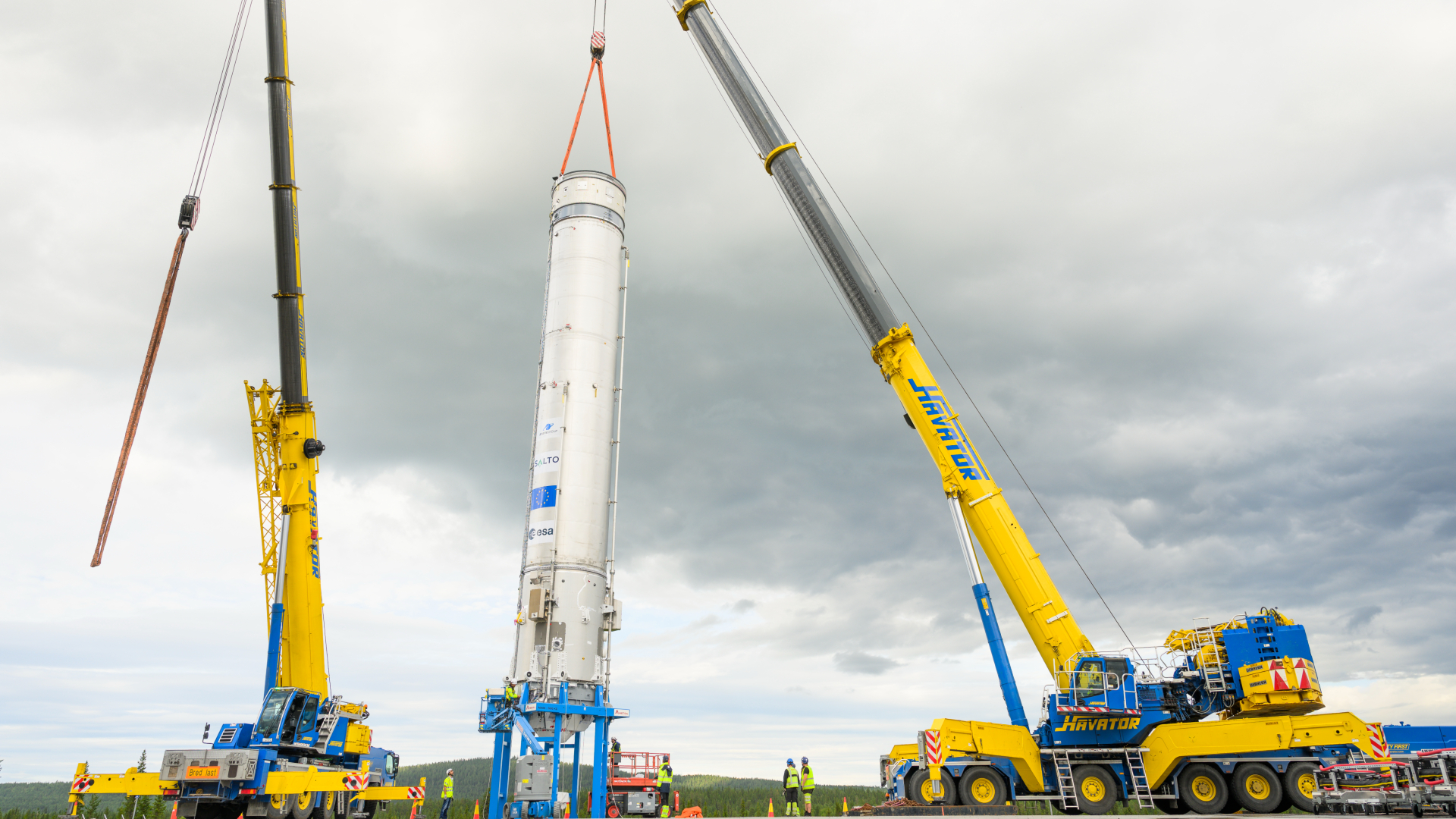The Future of Space Robots

Aspaceship descends with a thunderous roar and deposits a futuristic probe beforetaking off again. The Extraterrestrial Vegetation Evaluator (EVE) soonactivates and begins flying around, scanning the barren surface for signs oflife.
Scientiststoday can only dream of having a robotic explorer like EVE from the Disney/Pixarfilm ?WALL?E.? But some researchers are working on autonomous spacecraft,airships and rovers that can cooperate intelligently while exploring distantworlds.
?Theorbiter gives you global perspective, the aerial platform a more regionalperspective, and that helps determine where to deploy ground assets in atargeted fashion,? said Wolfgang Fink, a physicist at Caltech in Pasadena,California.
Fink?svision of ?tier-scalable reconnaissance? starts with an orbiting spacecraft tomake a global survey for interesting scientific targets, before deciding on itsown where to deployan airship such as a dirigible. The airship could look even closer at aregion to find the best landing site, and finally drop a rover or some othersurface explorer. That surface explorer could then move quickly to the targetarea.
Ademonstration of how such a surface explorer might deploy will take place inthe Mars Science Laboratory mission, slated for a 2009 launch. NASA?s Sky Cranecarrier will hover above the surface of Mars on retrorockets while lowering anSUV-sized rover using a winch and tether.
SomeMars missions have already demonstrated the advantage of coordinating orbiterswith surface explorers. Scientists used data from three Mars orbiters todetermine the landing site for NASA?s Phoenix Mars Lander, and also turnedorbiter cameras on the lander as it descendedto the surface. Of the three orbiters, the Mars Reconnaissance Orbiter haseven helped NASA?s separate Spirit and Opportunity Rovers navigatearound obstacles on the Martian surface.
However,Fink and his collaborators want to take humans out of the loop and developrobots which can decide independently when and where to go. That becomescrucial for future missions to distant places such as the moons of Saturn orJupiter, where a command signal from Earth can take over an hour to reachrobotic explorers.
Breaking space news, the latest updates on rocket launches, skywatching events and more!
Thekey rests with software algorithms that help robots make command decisions ontheir own. Fink?s group has begun testing such algorithms by using three smallrovers and a camera that looks down on a simulated indoor landscape. The cameraidentifies both targets and obstacles, which allows the rovers to deploy anddrive around obstacles to reach their targets — all without human intervention.
?Integrationis the biggest challenge,? Fink noted. ?At Caltech, we are now at the pointwhere we?re implementing a test-bed outdoors to develop the software todemonstrate this in action.?
Theoutdoors test would involve a miniature airship taking the place of the camera.Researchers from around the world would be able to give commands to the airshipvia Internet and watch it move and deploy the rovers on its own.
Thefield tests may pave the way for using similar command software on the proposedNASA and European mission to Titanor Europa. Fink and other researchers involved with the planning have begundiscussing how such a mission might shape up by the 2017 launch date.
?ATitan mission would have the orbiter deploying a balloon, and we?re alreadythinking about having a lander,? Fink explained. ?There you have a three-tiermission.?
Thetiered approach may eventually take the form of a robot that ?does its ownreconnaissance, goes out and looks for anomalies, finds something interestingand makes contact with the sender,? Fink said, pointing to the Imperial probefrom ?The Empire Strikes Back? which lands on the ice planet Hoth.
Perhapsbest of all, intelligent robots could react quickly to surprises andinvestigate anomalies — such as a geyser on Saturn?smoon Enceladus, or a landslide on Mars.
?Curiosityin itself is not present in any of our machine systems,? Fink said, remarkingupon WALL?E?s childlike tendencies which appear to distract EVE but eventuallyhelp her mission. ?That curiosity drives action.?
- New Images: ?WALL-E? the Robot Takes to Space
- Video: Mars Rover Team Ponders Mission's End
- Innovation: Ideas and Technologies of the Future
Join our Space Forums to keep talking space on the latest missions, night sky and more! And if you have a news tip, correction or comment, let us know at: community@space.com.
Jeremy Hsu is science writer based in New York City whose work has appeared in Scientific American, Discovery Magazine, Backchannel, Wired.com and IEEE Spectrum, among others. He joined the Space.com and Live Science teams in 2010 as a Senior Writer and is currently the Editor-in-Chief of Indicate Media. Jeremy studied history and sociology of science at the University of Pennsylvania, and earned a master's degree in journalism from the NYU Science, Health and Environmental Reporting Program. You can find Jeremy's latest project on Twitter.
